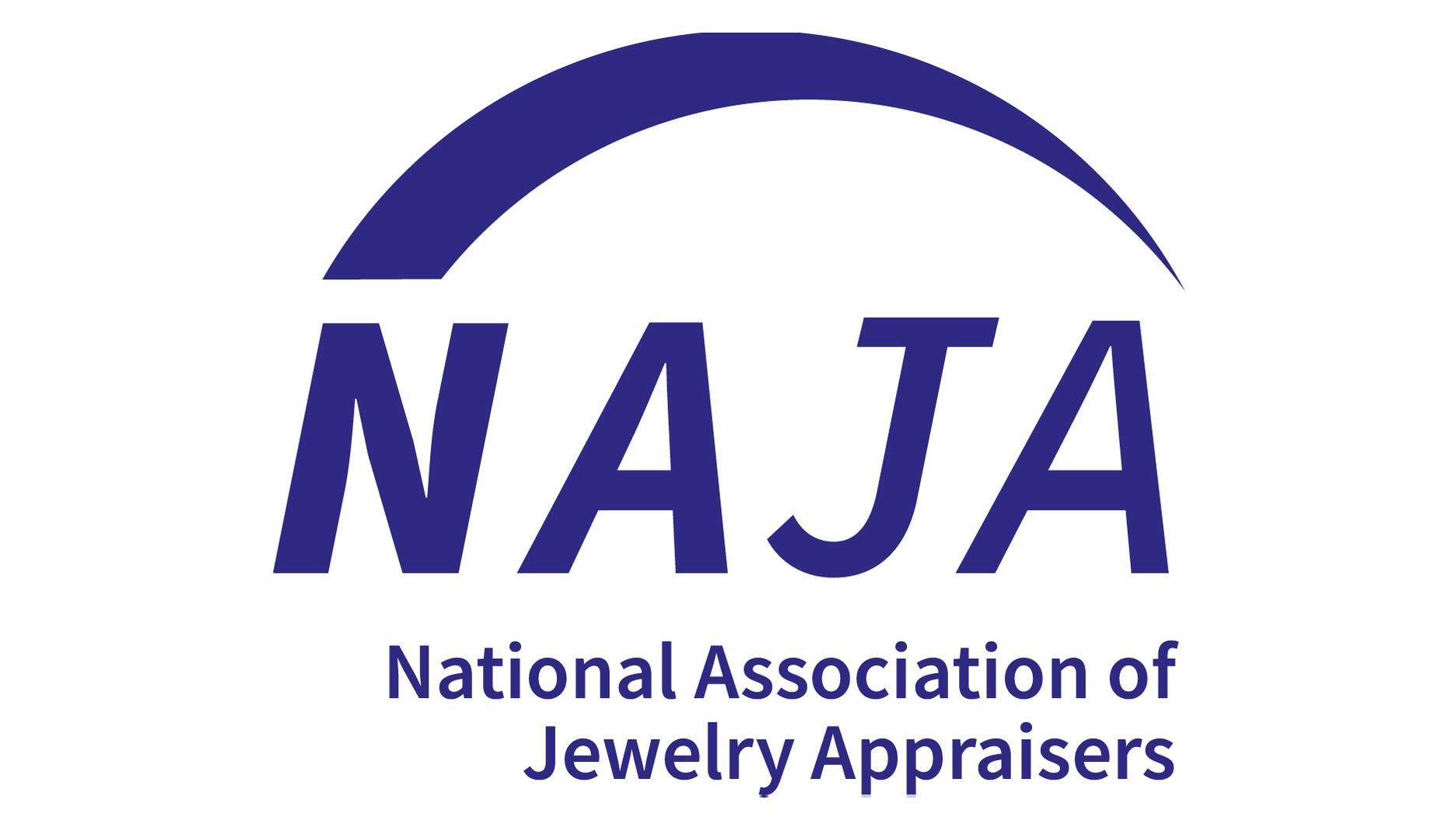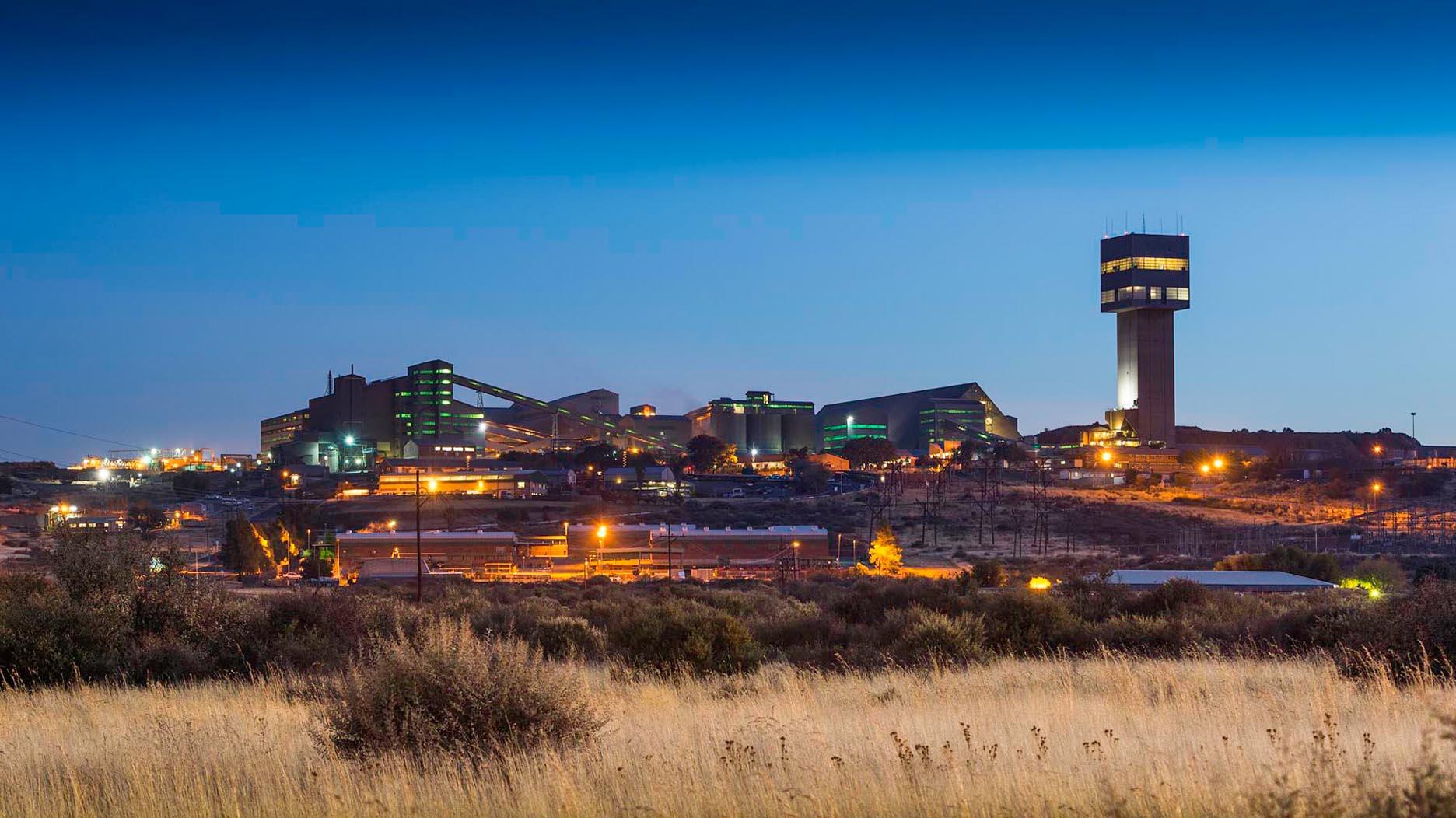In the recent multi-shipment seizure, CBP also found counterfeit Audemars Piguet, Moncler, and Chrome Hearts items.
De Beers Breaks Ground on Diamond Growing Facility
It’s located outside Portland, Oregon, and is expected to be operational by 2020.

Gresham, Ore.--De Beers has broken ground on the factory where it will grow diamonds for Lightbox, its new company that will sell fashion jewelry set with white, blue and pink man-made diamonds.
The $94 million, 60,000-square-foot Element Six facility will be located in Gresham, Oregon, a suburb located about 16 miles east of Portland.
Element Six is the arm of De Beers that has grown diamonds for industrial purposes for decades, but, as De Beers announced shortly before the jewelry trade shows in late May/early June, is moving into the manufacturing of gem-quality diamonds.
Element Six currently is headquartered in Maidenhead, United Kingdom. This will be its first U.S. facility to grow gem-quality diamonds, and De Beers has said Element Six will grow these diamonds for Lightbox only. (Element Six has industrial diamond factories in the United States already, in Santa Clara, California and Houston.)
The Gresham factory is expected to be completed by August 2019 and begin production the following year, with a capacity of 500,000 rough carats per year. It will employ 60 people, including engineers and technicians.
Lightbox Jewelry is slated to launch in September and is limited, at least for now, to fashion jewelry—simple pendants and diamond solitaire earrings with and without halos that will be sold as singles as well as in pairs.
De Beers is charging $200 for a piece of Lightbox Jewelry set with a 0.25-carat diamond; $400 for a half-carat diamond; $600 for 0.75 carats; and $800 for pieces set with a 1-carat man-made diamond. (The prices are the same no matter if the piece is set with a white, blue or pink diamond but don’t include the setting.)
At a lunch event held at the JCK Las Vegas jewelry trade show, De Beers executives and those working on Lightbox for the company said the jewelry line was developed to, first, communicate clearly what lab-grown diamonds are and, secondly, to “play in the accessories space,” meaning to compete with handbags, designer sunglasses, etc. for which consumers are spending $200 to $500.
De Beers is aiming to position Lightbox as a gift for special but not once-in-a-lifetime occasions, a gift to a young woman for her Sweet 16 but not an engagement (which, of course, De Beers think
Initially Lightbox Jewelry will be sold directly to the public through its website, though General Manager Steve Coe said at the Vegas event that the company will begin a “modest” brick-and-mortar store trial later this year, expanding that in 2019 and again in 2020, after the Gresham facility opens.
The presentation drew mixed reviews from audience members.
One woman said she felt De Beers was “screwing the retailer” by selling directly to the public while others applauded the company for knocking down the price of lab-grown diamonds, which some feel is too high in comparison to mined diamonds.
The Latest

Helzberg’s Chief Retail Officer Mitch Maggart shared details about its tests of a new store concept rooted in an elevated luxury experience.

Jewelers of America execs and National Jeweler editors discuss tariffs, the sky-high gold price, and the engagement that broke the internet.

How Jewelers of America’s 20 Under 40 are leading to ensure a brighter future for the jewelry industry.

The luxury goods company said founder Ippolita Rostagno will remain at the brand’s helm.


Laura Burdese, who joined the Italian luxury brand in 2022, will take on the role in July.

The National Jeweler editors revisit the most noteworthy industry happenings and design trends from 2025.

Roseco’s 704-page catalog showcases new lab-grown diamonds, findings, tools & more—available in print or interactive digital editions.

Need a gift for the cat lover who has everything? Look no further than our latest Piece of the Week.

It purchased the “Grosse Pièce,” an ultra-complicated Audemars Piguet pocket watch from the ‘20s, for a record-breaking price at Sotheby’s.

The lab-grown diamond grower now offers custom engagement and fashion jewelry through its Kira Custom Lab Jewelry service.

Chandler got his start at Michelson Jewelers and has served as DCA president and CEO since 2001. He will retire at the end of the month.

The boutique is slated to open this week inside Terminal 8, offering pre-owned Rolex watches and more to international travelers.

Sponsored by Digital Monitoring Products

The special-edition egg pendant ingested in a New Zealand jewelry store was recovered after a six-day wait.

Associate Editor Natalie Francisco plays favorites with Piece of the Week, selecting a standout piece of jewelry from each month of 2025.

The “Love and Desire” campaign is inspired by the magic that follows when one’s heart leads the way, said the brand.

Two awardees will receive free tuition for an educational course at the Swiss lab, with flights and lodging included.

Berta de Pablos-Barbier will replace Alexander Lacik at the start of January, two months earlier than expected.

Sotheby’s held its first two jewelry sales at the Breuer building last week, and they totaled nearly $44 million.

Winners will receive free registration and lodging for its fourth annual event in Detroit.

Here are six ideas for making more engaging content for Instagram Reels and TikTok, courtesy of Duvall O’Steen and Jen Cullen Williams.

The honorees include a notable jewelry brand, an industry veteran, and an independent retailer.

Carlos Jose Hernandez and Joshua Zuazo were sentenced to life without the possibility of parole in the 2024 murder of Hussein “Sam” Murray.

Yood will serve alongside Eduard Stefanescu, the sustainability manager for C.Hafner, a precious metals refiner in Germany.

The New Orleans jeweler is also hosting pop-up jewelry boutiques in New York City and Dallas.

Set in a Tiffany & Co. necklace, it sold for $4.2 million, the highest price and price per carat paid for a Paraíba tourmaline at auction.

























